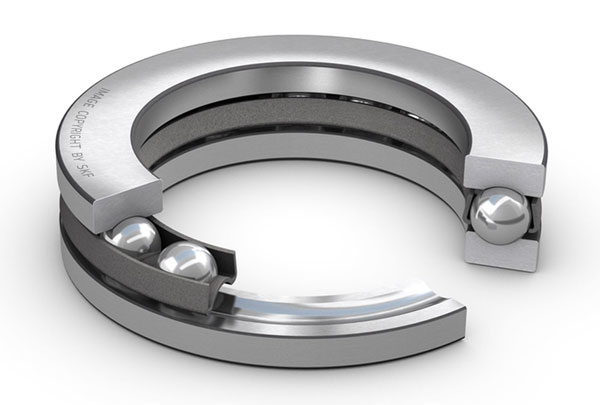Large Diameter Thrust Ball Bearings
If you are looking for a large diameter bearing, you have come to the right place. We'll take a closer look at how thrust ball bearings work, what their advantages are, and how to assemble a new one. Hopefully, you'll be able to use this type of bearing to your advantage. But before we get into that, let's talk about what they are. There are several differences between thrust ball bearings and other types of bearings, so you can understand the different kinds.
large diameter bearing
If you're looking for a Large Diameter Thrust Ball Bearing, you've come to the right place. With a search function that lets you sort large diameter thrust bearings by brand, technical characteristics, and size, 123Bearing can help you find exactly what you're looking for. This online bearing store has become an industry reference thanks to its massive inventory of technical parts, quick delivery, and helpful advice.
Most large diameter thrust ball bearings can accommodate light or medium thrust loads, and are commonly used in military and aerospace applications. Several popular series of bearings include miniature sizes as small as eight millimeters in diameter. Ceramic balls are used in these bearings because they don't wear as easily as steel balls. These bearings are available in high-speed versions, as indicated by the suffixes T9H, TNH, and TW.

how to work
You've probably wondered how thrust ball bearings work. First, understand their basic structure. Thrust ball bearings have two primary types: single-direction and double-direction. Single-direction thrust ball bearings can only support axial loads, whereas double-direction bearings are able to handle axial forces in both directions. Read on to learn more about these two types of thrust ball bearings.
Tapered roller thrust bearings are essentially cylindrical bearings with tapered ends. The tapered rollers are spaced at equal intervals to allow them to carry axial loads with high efficiency. Their design and function minimize heat generation and friction, and they have high carrying capacities. Despite their name, this type of bearing has several advantages. In addition to low friction and low wear, they can accommodate medium combined axial and radial loads.
bearing assembly
Single-direction thrust ball bearings consist of a shaft, housing washer, and ball-and-cage assembly. Single-direction thrust ball bearings are made with a 90-degree contact angle and are generally used in low-speed applications. The ball-and-cage assembly and housing washer can be separated for ease of installation. Single-directional thrust ball bearings are available in single and double-direction versions.
There are two main types of ball bearings: full-complement and partial-complement. Full-complement bearings support axial but not radial loads. The full-complement bearings contain a housing washer and a shaft washer, without a cage. Their advantages include the maximum number of balls between raceways and lower maximum speed. The drawback is that they produce more rotational torque due to ball-to-ball friction.
- Previous: An Overview of Thrust Ball Bearings
- Next: How to Select a Thin Section Bearings Manufacturer











